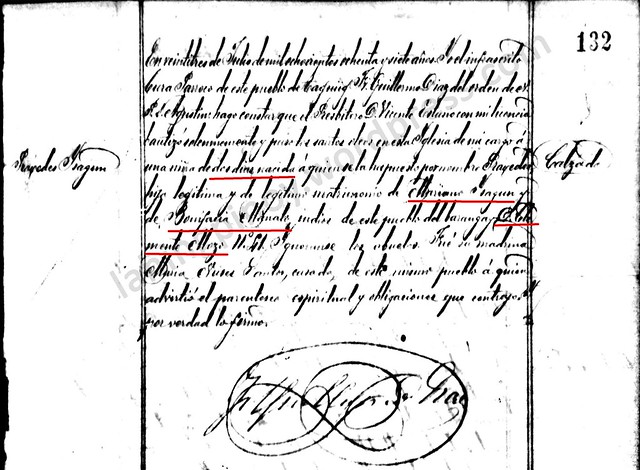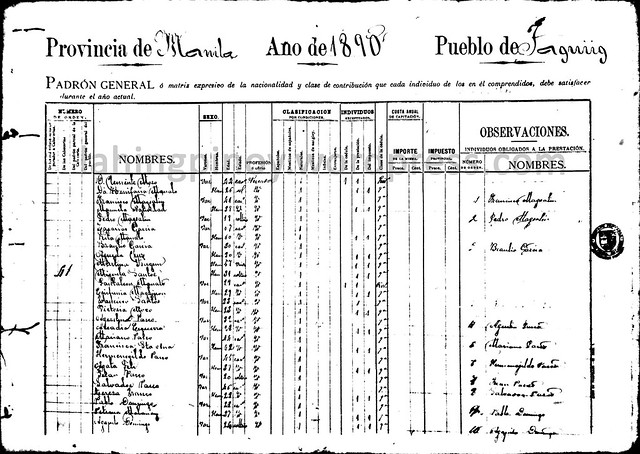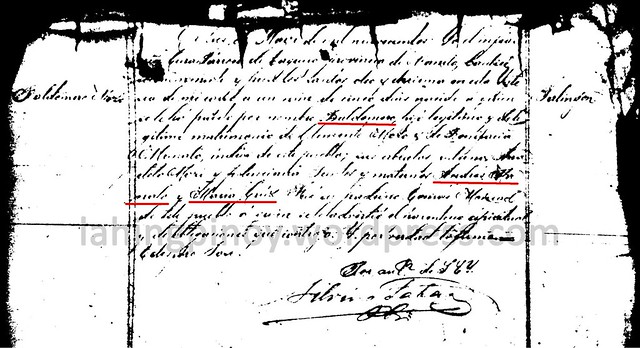
After watching the historical film Goyo: Ang Batang Heneral, I remembered this post I made from three years ago on the boy general from Bulacan, and decided to revisit his family tree. What I discovered hopefully helps people see Heneral Goyo with new eyes.
To recap, I found Goyo’s baptismal record in the Libro de Bautimos of The Our Lady of Assumption parish while I was working on the Sempio clan, which happens to be Goyo’s maternal line. Baptismal entries from the late 19th century often indicated the child’s grandparents, and so was the case with Goyo’s record.
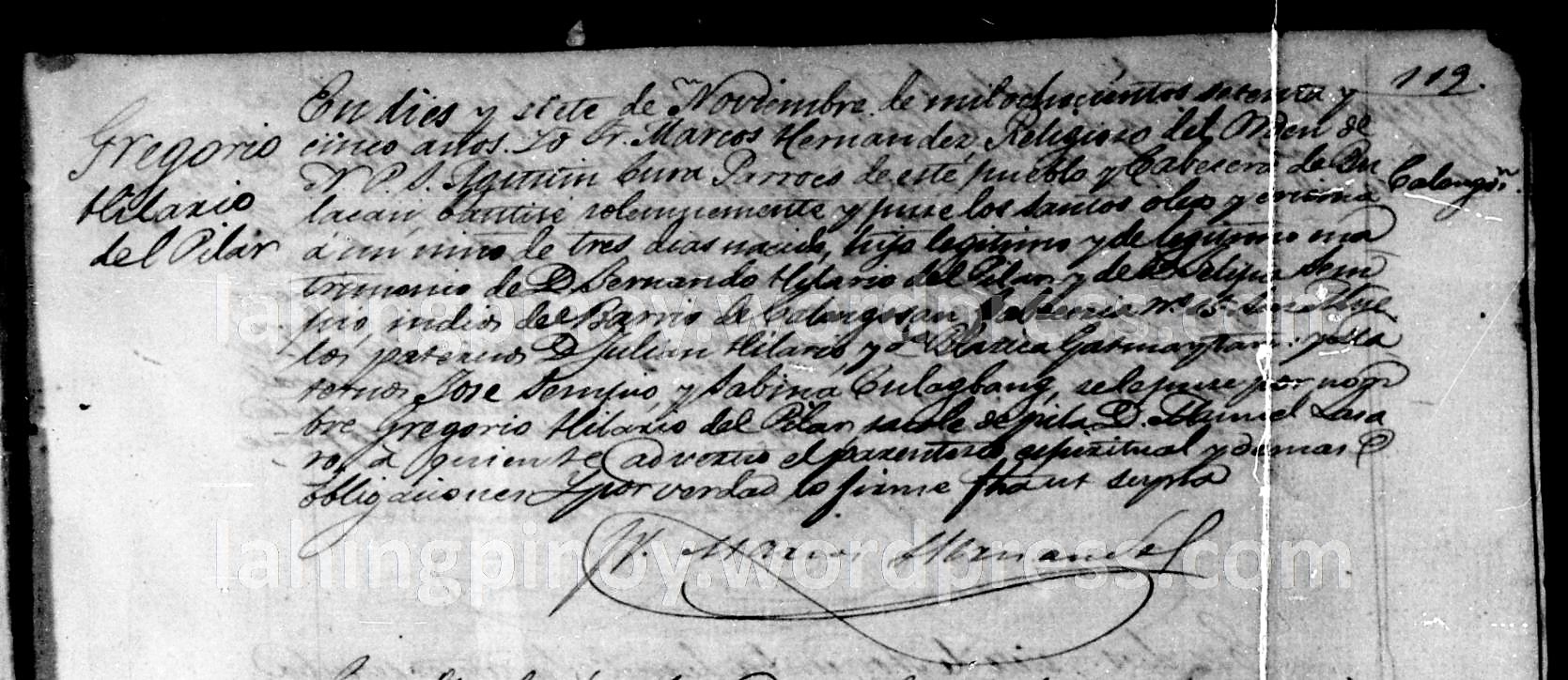
Goyo’s family name two generations back, was Hilario. Gregorio’s grandfather adopted the surname del Pilar most probably in compliance to the Claveria decree. As was the observable practice for a lot of Filipino families after the decree, the family carried both their old and new surnames (e.g. Hilario del Pilar) for at least a couple generations, and then dropped the old one at some point. This sometimes mislead some in thinking that Hilario was the middle name of Gregorio and his equally-prominent uncle Marcelo H. del Pilar.
All available sources I found only provide up to Goyo’s grandparents’ generation. I picked up from where I left off from the three year-old post and tried to find the baptismal record of Fernando Hilario del Pilar (Goyo’s father) or any of his siblings. I found his record and another sibling’s but unfortunately, their generation only has parents indicated on the baptismal entries.
The next option I explored was to look for the marriage record of Julian Hilario and Blasica Gatmaytan, Goyo’s paternal grandparents. I had in my old notes that their eldest son Toribio was born sometime in 1833. Thinking that they would have likely gotten married nine months prior, I looked through the 1832 weddings in the same parish. True enough, I found their marriage record in that year.
The day was May 24, 1832. Julian and Blasica were listed as indios, the racial term used in Spanish-era Catholic church records to identify those with native roots. Nevertheless, what’s significant is that they were both of parents who apparently were principales or belonging to the Principalia, the noble (and usually educated) ruling class. This is aside from the fact that Blasica’s last name Gatmaytan may already be an indication that at least her line is of noble lineage. In the lowlands of Luzon, the Tagalog nobility were known as the maginoo. Proper names of the maginoo noble males were preceded by Gat. Hence, we suppose that those with the surnames Gatmaytan, Gatchalian, Gatdula, etc. may have roots from the nobles of Pre-Hispanic Luzon.
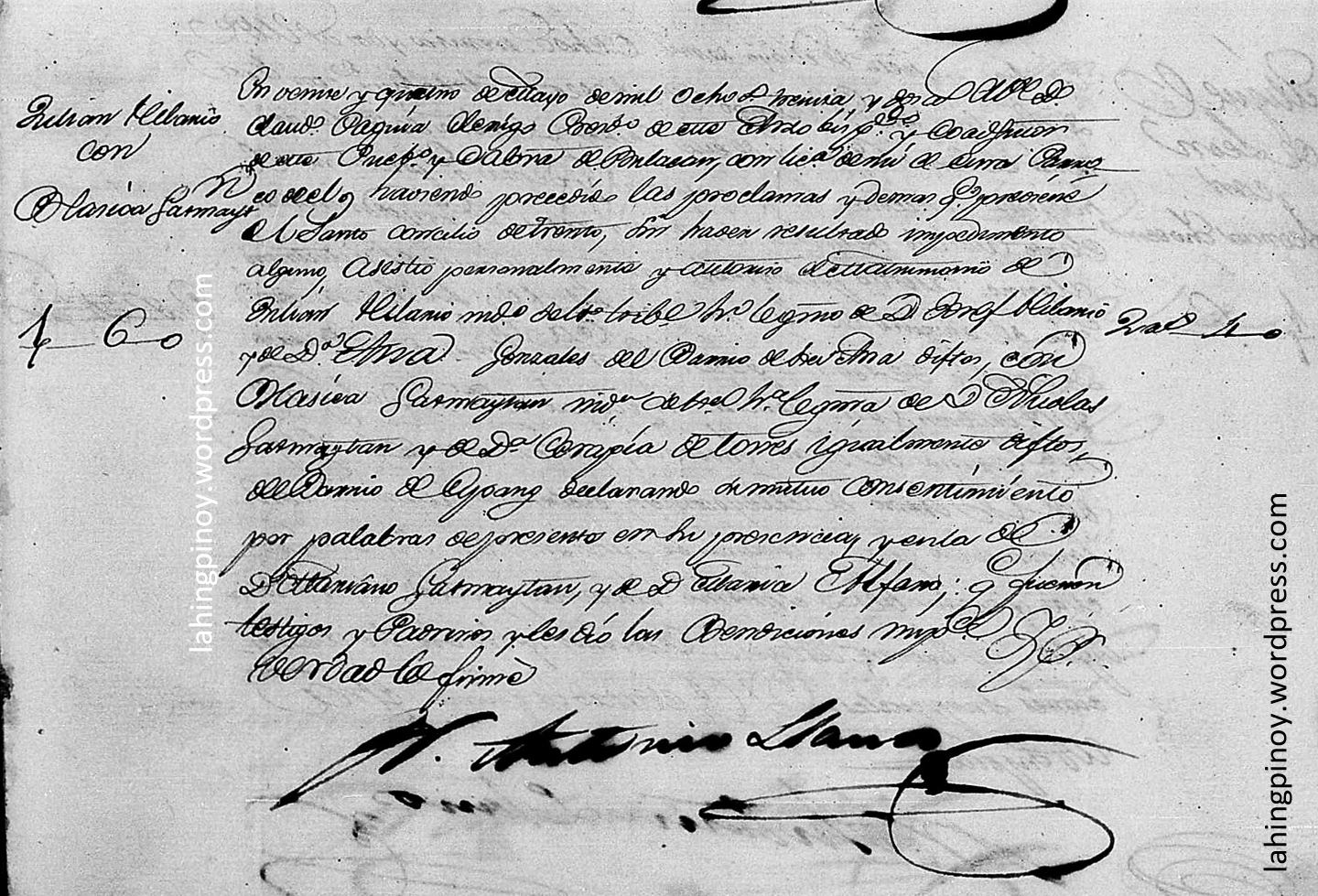
Julian is the son of Don Josef Hilario and Doña Ana Gonzales of barrio de Sta. Ana. Blasica is the daughter of Don Nicolas Gatmaytan and Doña Cerapia de Torres from an old barrio named Cupang. Both of their parents were deceased by this time.
So there you have it, a previously unknown generation of the family that produced a number of revolutionaries and national heroes, the del Pilars.

I admire Goyo for his gallant bravery despite his youth, his quick rise to power, and his noteworthy appeal to women. His heritage as shown by ancestral records doesn’t make him any more awesome. He was fighting armies as a general at 22. When I was his age. I wasn’t even sure what career to pursue. I think this is why millenials should study history. Such perspective is valuable especially for a generation seemingly stricken with all sorts of quarter-life crises. My takeaway is this: Find your calling. Find a purpose and be passionate about it as if your life and freedom depended on it. Therein lies greatness.
People will judge characters like Goyo through histories handed down to us, and through adaptations of these stories as in the current film that I hope every Filipino would watch. Good or bad, we all have something to say about the choices they made and the things they did. I subscribe though, to the thought that they had their own good reasons. They must have, to the point of giving up their lives for these causes.
Finally, Goyo: Ang Batang Heneral reminds us of what happens when patronage politics get the best of people’s good intentions. Such a timely message! Here’s to the hope that each of us will better realize that our pedigrees alone do not determine our worth. Ultimately, we are defined by the passions we pursue and the principles we stand for.








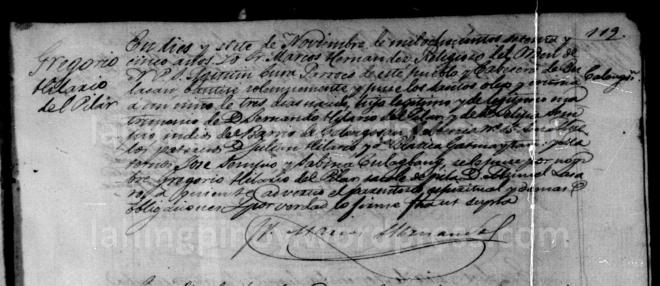


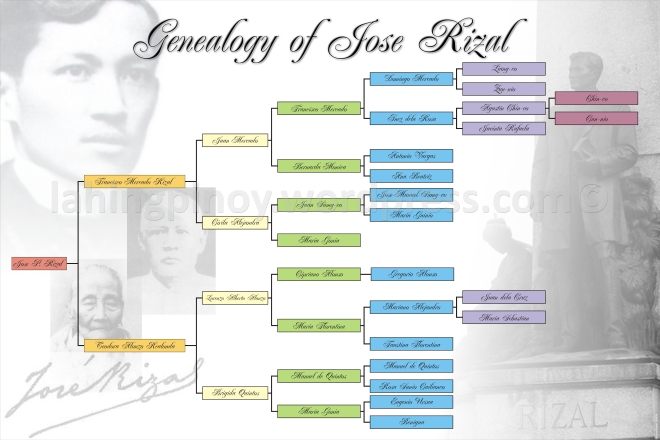

 Felix Y. Manalo featured on a commemorative stamp. (source: m.philstar.com)
Felix Y. Manalo featured on a commemorative stamp. (source: m.philstar.com)